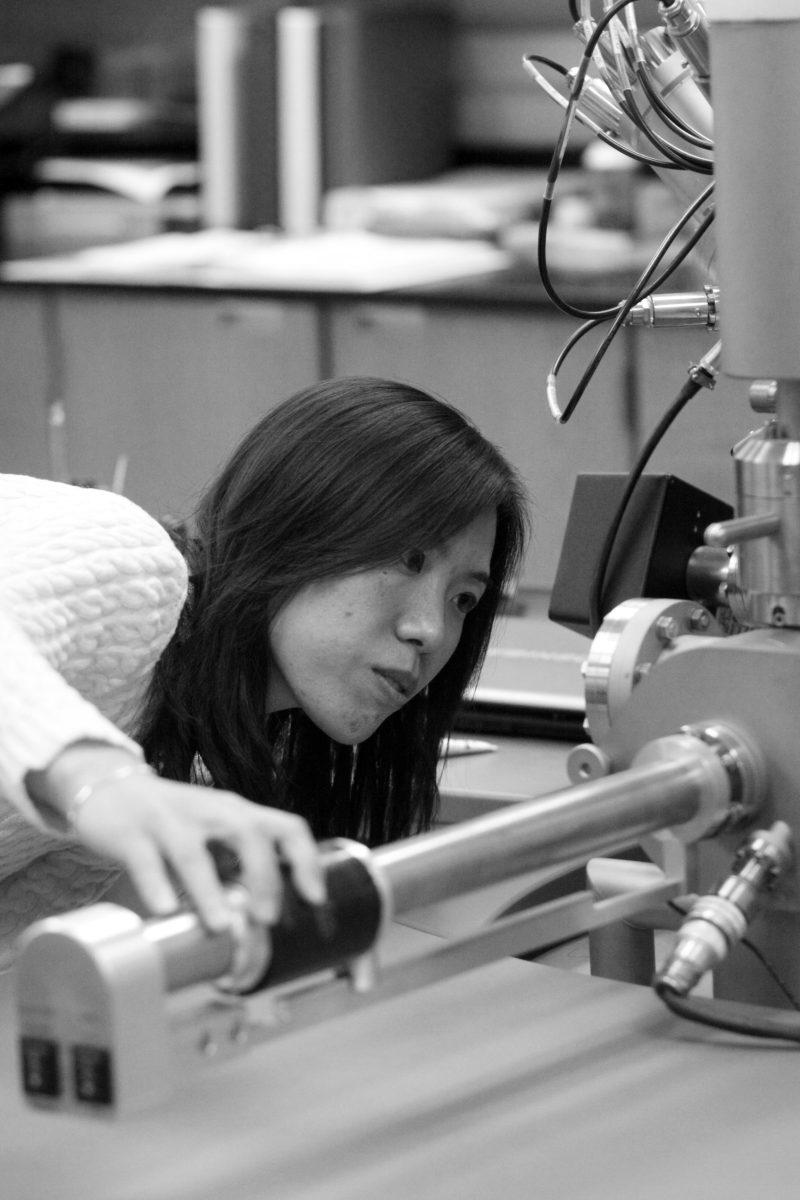Researchers from N.C. State have created a new chemical process that will help forensic analysts identify and match the dyes used on small fiber samples.
Using this process, investi gators can conclusively prove, with relative ease, if two fi bers share particular dyes or impurities. In a criminal court, fibers will be able to be matched and used as trace evidence.
Trace evidence is anything involved in a crime that can be transferred between the people, the objects or the environment, such as hair or dirt. For example, if the victim and suspect are both found with similar fibers on their bodies, investigators will be able to tell if the fibers are from the same source.
“Fibers are found at many crime scenes and are part of major investigations,” David Hinks, a professor of textile chemistry and director of the research, said. The research was a joint effort between the chemistry, polymers and col or chemistry, and mechanical engineering departments.
Hinks said that through fo rensic fiber analysis investiga tors will be able to not only compare fiber colors, but will have the capability to judge the overall f iber likeness through investigating the dyes that were applied.
Hinks’ work will therefore be especially important to the United States’ Department of Justice. Federal and state in vestigators always need better technology to get an edge over criminals. The process that the research team has cre ated will allow investigators to discover more instances of circumstantial evidence, or evidence that has value in court when paired with other known facts.
Tests that can be used for ci rcumstant ial evidence are difficult to come by— not only do they have to be proved to work conclusively and consistently, but they also have to work within the price range convenient for federal and state investigators.
Hinks is now working on creating a database of dyes so that tested dyes can be given a rating of certainty. It is possible that the database of dyes Hinks has worked on may be taken over by a part ner company, but until then, N.C. State will be owner and provider of the database.
“We are currently look ing at dyes for polyester and nylon, which are relatively abundant, and we are start ing to look at dyes for cotton,” Hinks said.
Another concern being studied is the way in which dyes degrade over time and how this affects the current chemical process.
Thomas A. Dow, a professor in mechanical engineering, is also involved with furthering the project. He is working on creating a small machine that will allow investigators to use this process to perform chemical analysis of fibers in the field. This microf luidic device would be mobile and automatic, and therefore re quire no previous training.








